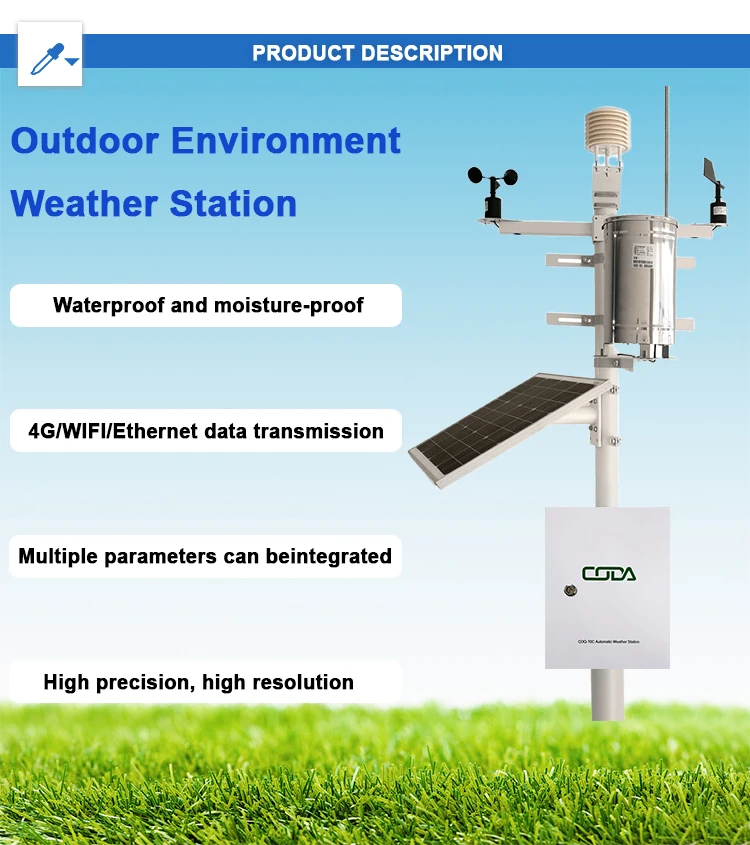Advantages and Disadvantages of Automatic Weather Stations

# Advantages and Disadvantages of Automatic Weather Stations
## Introduction
Automatic Weather Stations (AWS) have revolutionized the way we collect and analyze meteorological data. These self-contained systems provide continuous weather monitoring without the need for constant human intervention. While they offer numerous benefits, they also come with certain limitations that users should be aware of.
## Advantages of Automatic Weather Stations
### 1. Continuous Data Collection
One of the primary advantages of AWS is their ability to collect data 24/7 without interruption. Unlike manual stations that require human observers, automatic systems can operate continuously, providing a more comprehensive dataset.
### 2. Remote Monitoring Capabilities
Modern AWS can transmit data in real-time to central databases or monitoring centers. This allows meteorologists and researchers to access weather information from remote locations without physically visiting the station.
### 3. Reduced Human Error
By minimizing human involvement in data collection, AWS significantly reduce the potential for observational errors. The automated sensors provide consistent and objective measurements.
### 4. Cost-Effectiveness in the Long Run
While the initial investment may be substantial, AWS typically require less maintenance and operational costs compared to manned weather stations over time.
### 5. Ability to Operate in Harsh Environments
Automatic stations can be deployed in locations that would be difficult or dangerous for human observers, such as mountaintops, deserts, or offshore platforms.
## Disadvantages of Automatic Weather Stations
### 1. High Initial Costs
The sophisticated equipment required for AWS often comes with a significant upfront investment, which can be a barrier for some organizations or developing countries.
### 2. Maintenance Requirements
While requiring less daily attention than manned stations, AWS still need regular maintenance and calibration to ensure data accuracy. Sensor drift and equipment failures can occur.
### 3. Limited Ability to Observe Certain Phenomena
Some weather phenomena, like certain cloud types or visibility conditions, are still better assessed by human observers than by automated sensors.
### 4. Power Supply Dependence
Most AWS rely on consistent power sources (batteries, solar panels, etc.). Power failures can lead to data gaps that might be critical during severe weather events.
### 5. Data Quality Issues
Without proper quality control measures, AWS can produce erroneous data due to sensor malfunctions or environmental factors affecting the instruments.
## Conclusion
Automatic Weather Stations represent a significant advancement in meteorological observation technology. Their ability to provide continuous, high-quality data from remote locations has transformed weather monitoring and forecasting. However, potential users should carefully consider both the advantages and disadvantages when implementing these systems. The choice between automatic and manual stations often depends on the specific application, available resources, and the importance of human observations for particular weather parameters.